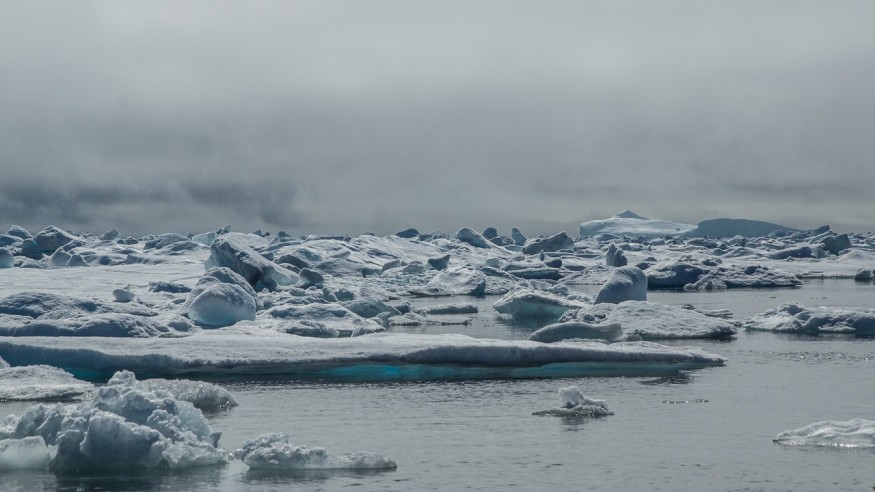New research addresses a long-standing debate about the ice cap's situation due to climate change.A long standing gap in the geologic record has been resolved unequivocally.
A new study headed by the University of Massachusetts Amherst pitted marine ice sheet activity against those that recreated historical land conditions.
According to the research published in GeoScience World, which was funded by the National Science Foundation and the National Environment Research Council,, small changes in CO2 levels affect the Antarctic Ice Sheet, and large portions of the ice sheet could have vanished in the past if CO2 levels were similar to today.

The disparity between marine data from the Ross Sea and data gathered in the McMurdo Dry Valleys, an ice-free mountainous coastal region close to the Ross Sea, has been a long-running controversy among scientists studying the history of the Antarctic Ice Sheet.
The Antarctic Ice Sheet has regularly fallen to a smaller-than-modern size over 10 million years. According to marine records from the sea bottom, the ice-covered Ross Sea has occasionally been an open ocean. This shows that the Antarctic Ice Sheet has retreated during prior warm times and is vulnerable to modest CO2 and temperature variations.
Related Article : Scientists Made Grim Discovery in Greenland Ice Sheet Made Possible by Improved Models
Ice Sheets
In the McMurdo Dry Valleys, terrestrial studies of ancient and well-preserved landforms show that land-based cold desert conditions were maintained over a ten-million-year period, leading some scientists to believe that the Antarctic Ice Sheet has been stable over multiple warm periods in the past, and thus is less vulnerable to climate change than the marine data suggests.
Because the same parts of the Antarctic Ice Sheet that have fallen in the past might boost future sea levels by 10 feet or more if they collapse in our lifetime, resolving this argument is critical for the entire world.
According to Anna Ruth Halberstadt and her colleagues, the McMurdo Dry Valleys can have below-freezing temperatures even when the nearby Ross Sea is entirely ice-free.
They completed this research as part of her Ph.D. in geosciences at UMass Amherst and used a series of high-resolution climate and ice-sheet models. As the lead author of the article, Halberstadt adds, "Now we can say, 'OK, now we understand why these two sets of data looked to be at odds.'"
Running Tests

Halberstadt and her colleagues ran a series of tests using cutting-edge climate and sea-ice models to prove that the McMurdo Dry Valleys might have remained frozen even after the ice sheet disintegrated.
In the words of Halberstadt, "This work puts all of the geologic data together for the first time, and implies that vast areas of the Antarctic Ice Sheet may have collapsed under climatic conditions comparable to those experienced now."
For similar news, don't forget to follow Nature World News!
© 2026 NatureWorldNews.com All rights reserved. Do not reproduce without permission.





